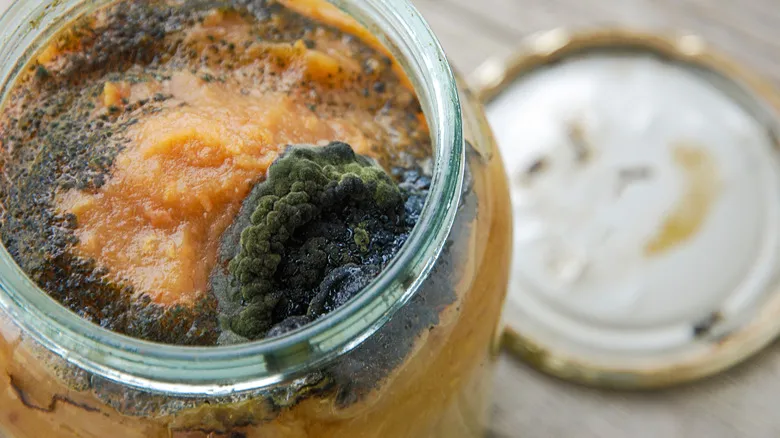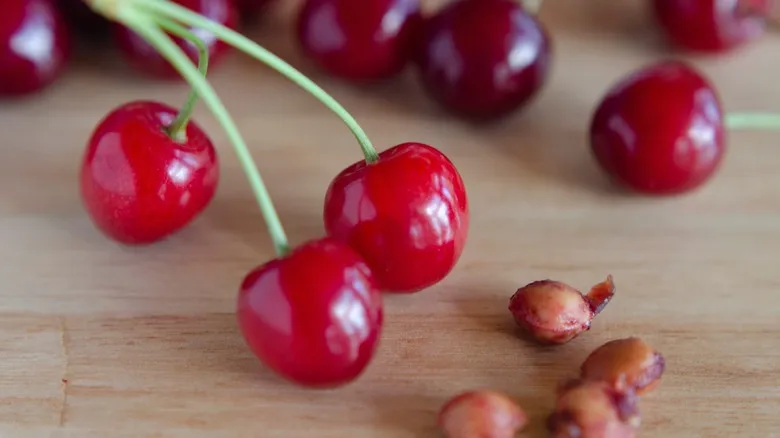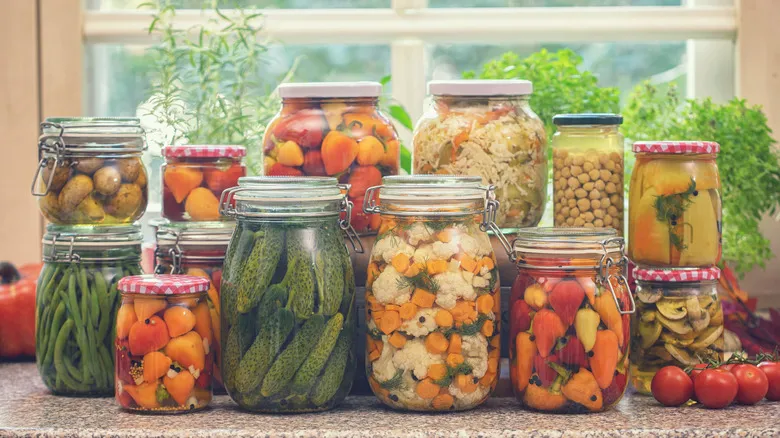Signs your home-canned food has gone bad

With its many intricacies and diverse techniques, it's surprisingly easy to mishandle the home-canning process. Even if you’ve mastered the steps and know exactly what to do, some foods may not store as well as you expect. This is when you might notice changes in either the container or the food itself, signaling that it’s time to evaluate your items.
If the jar has altered from its original condition, your food could be contaminated with toxins. Any damage, such as cracks or dents, increases the risk of harmful bacteria entering. Additionally, signs like leaking or bulging containers indicate that something has gone awry. You’ll particularly know your food has spoiled if liquid or foam appears upon opening the jar, revealing cloudy, moldy, or unpleasant-smelling contents. Avoid tasting anything that exhibits these signs; it’s best to dispose of it.
How to prevent canned goods from spoiling

The most effective way to prevent your food from spoiling is to start with the correct canning technique. Different foods require different methods for optimal preservation. For instance, low-acid foods such as vegetables, meat, and seafood necessitate pressure canning, while higher-acid foods like condiments, jams, jellies, pickles, and tomatoes should be processed using a water bath canning method. Selecting the right technique is crucial for safeguarding your food against botulism.
The storage location of your home-canned goods is also vital in preventing spoilage. Among the various common storage errors that can compromise your food, ensure that location is not one of them. These jars should be stored in a cool, dark environment, away from direct sunlight and heat sources. The ideal temperature range is between 50 to 70 degrees Fahrenheit, as recommended by the U.S. Centers for Disease Control and Prevention. Additionally, it’s wise to label your jars with the canning dates to keep track of their one-year shelf life. Once this period has elapsed, the quality of the food may start to decline.
Finally, be cautious not to stack your home-canned items too high. Just as this frequent pantry mistake can harm store-bought canned goods, piling multiple jars on top of one another can compromise their vacuum seal and lead to contamination. It’s advisable to limit stacking to a maximum of two containers, and to place a sturdy barrier, such as cardboard, between the layers for added support.
Recommended

The Tastiest Way To Use Cherry Pits Before You Discard Them

Skip The Mayo. Dress Your Coleslaw In Alabama White BBQ Sauce Instead

How To Thin Candy Melts, And Common Mistakes To Avoid

25 Kitchen And Food Hacks That Will Change Your Life
Next up

